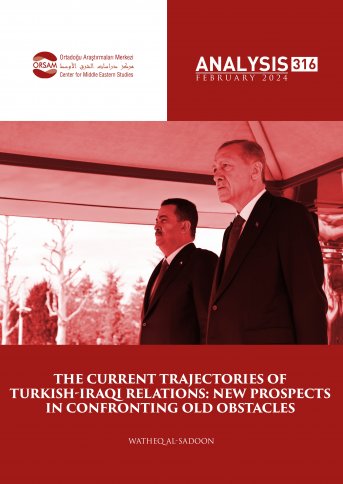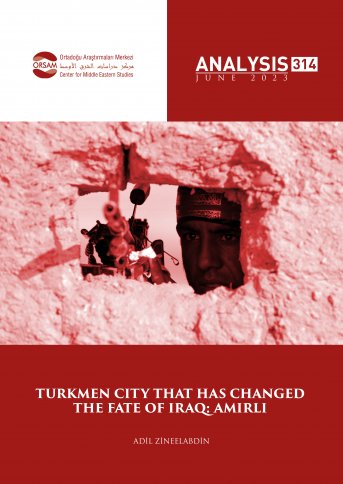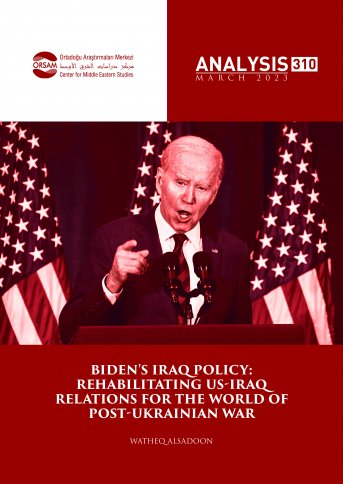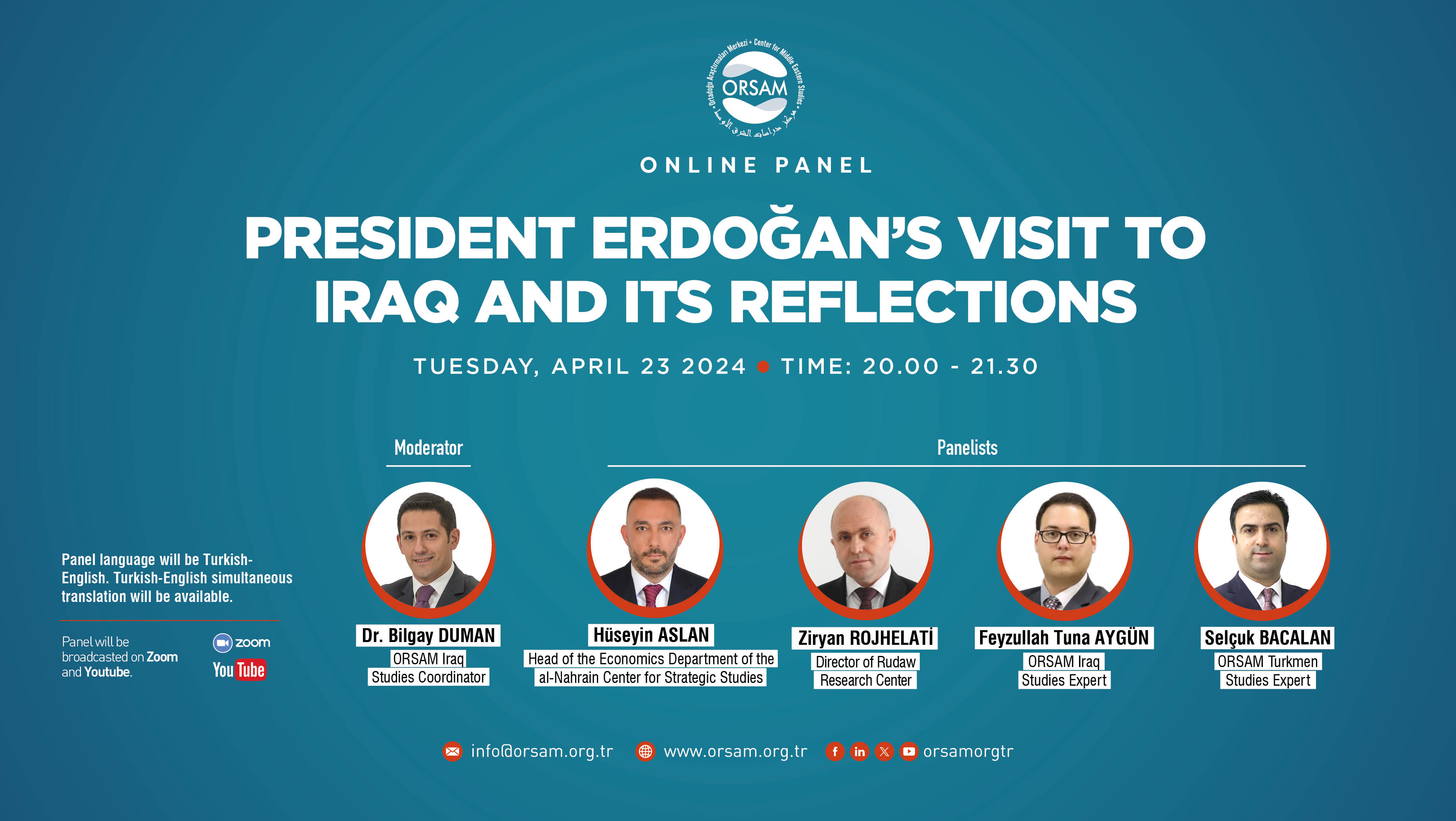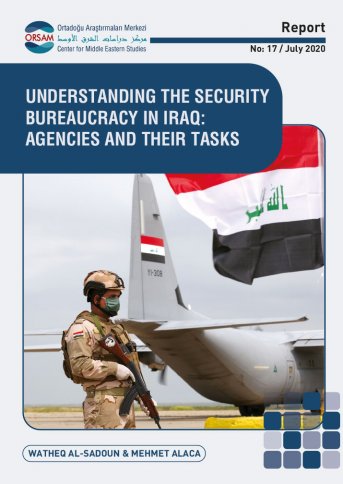
Understanding The Security Bureaucracy in Iraq: Agencies And Their Tasks
Military and internal security institutions operating under the umbrella of the security bureaucracy in Iraq have been among the most important public institutions during most periods of the country's modern history. The security agencies under the control of the Ministry of the Interior, the Ministry of Defence and the Prime Ministry and, in particular, the Iraqi Armed Forces, have been highly influential in the military and political process of the country since the founding of Iraq in 1921. Despite several revisions made in their roles by the Baath regime, which took over the administration after the coup against former Iraqi President Abd al-Rahman Aref, the importance of these security agencies has not changed. On the contrary it has further increased. Especially after Saddam Hussein became the head of state in 1979, the position and influence of military institutions at the administrative level have distinctively stood out.
After the fall of Saddam Hussein's regime following the US invasion in 2003, Paul Bremer, Administrator of the Coalition Provisional Authority, and US Administrator for Iraq, completely dissolved the security agencies of the Saddam era and these institutions were gradually restructured throughout the occupation period. The diversity of security threats in the country and the differences in the political doctrines of successive governments have played a major role in the formation of new security agencies and in the shaping of the security structure after the occupation. However, differences between the security doctrine of the internal security institutions and the military doctrine of the armed forces have affected the working of the institutional system. In the political order established after the occupation, the security agencies have been severely affected by the quota system built on ethnic and sectarian fault lines. The institutions came under question following the emergence of the terrorist organization, ISIS, in 2014 and following its defeat. Swift appointments to security agencies by Prime Minister Mustafa Al-Kadhimi, who took office in May 2020, and his statements on restructuring these institutions have increased the expectations for transforming these institutions.
Military and internal security institutions, the Ministry of Defence, the Ministry of the Interior and the Prime Ministry operating under the Federal Iraqi Administration are formed according to the ethnic and sectarian distribution in the administrative structure of Iraq. Furthermore, the Hashd al-Shaabi (Popular Mobilization Forces) organization, which is considered relatively new compared to other organizations established during the fight against ISIS and operates as the umbrella organization of militia groups, has generally acquired a Shia-dominated colour although it contains a small number of different ethnic and religious groups. Hashd al-Shaabi was attached to the Prime Minister on 24th February 2016 in accordance with the Decree No. 91 of the Iraqi Prime Ministry Council but has failed to be fully positioned in Iraqi security agencies. Despite still maintaining its militia character, its official nature requires us to address Hashd al-Shaabi in this study.
Furthermore, according to the political agreements setting the nature of the relationship between the Iraqi central government and the Iraqi Kurdistan Regional Government (KRG) after 2003, Iraqi security agencies operate in all regions in the country except the provinces of Erbil, Duhok, and Sulaymaniyah, which together form the KRG. The KRG has its own security and military institutions. Despite having legal grounds in the Iraqi security bureaucracy, the Peshmerga forces, the military forces of the KRG, are not included in this report. Although the Peshmerga forces are among the security agencies of the federal Iraq, they will be considered as the subject of another study since they operate within the borders of the KRG with some minor exceptions such as being included in the Joint Operations Command and serving as the Presidential Protection Unit.
The readers of this report will notice that the ethnic and sectarian identities of the leaders of the institutions in the security structuring are underlined. This categorization is made to point at how and to what extent the quota system established after 2003 is reflected on institutions. Its aim is not to target the quota system or to provoke any criticism against it. This report aims to explain the structure and duties of the security institutions in the country, avoids argumentative style while doing this, and is divided into three parts. The first part discusses the restructuring of security and military agencies in Iraq after 2003. The second part addresses the constitutional status of security agencies in Iraq. The third and last part examines the structure and duties of the institutions mentioned above.

